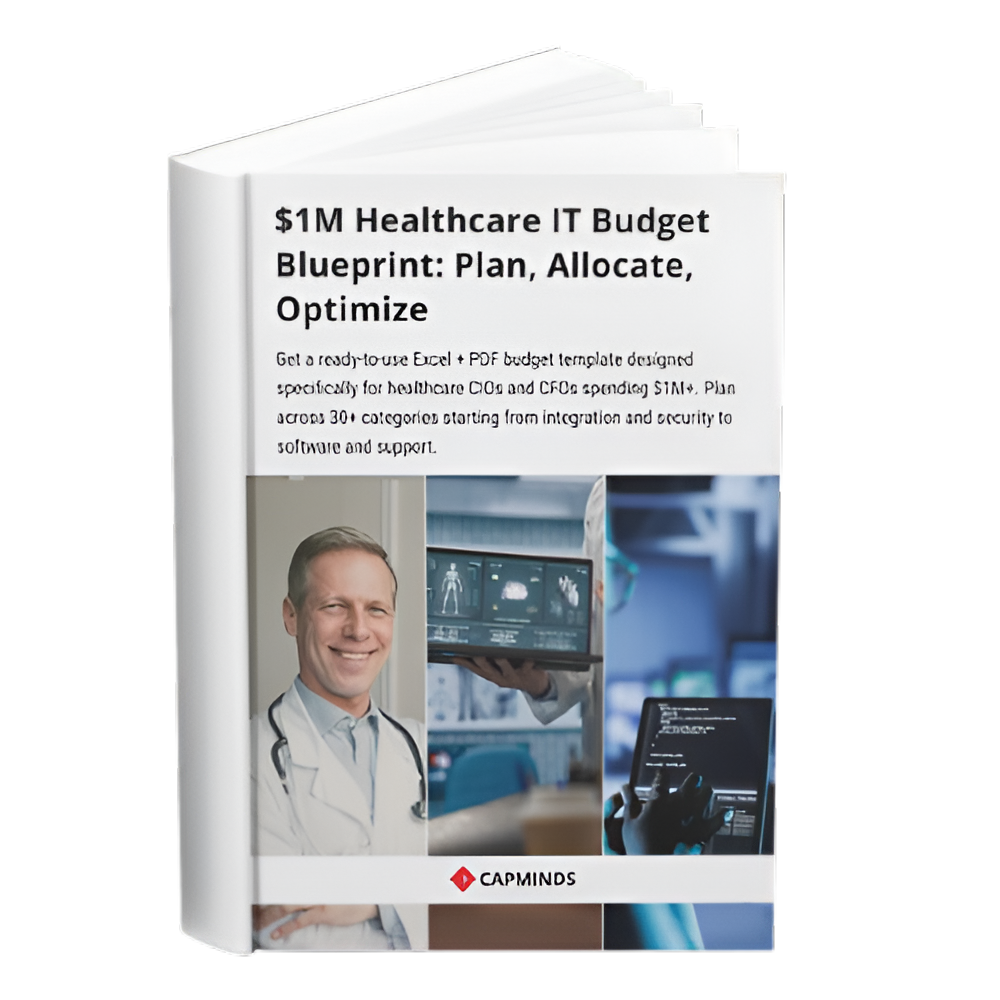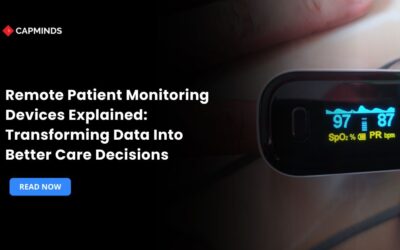Top 5 RPM Integration Mistakes That Undermine Clinical and IT Performance
Remote Patient Monitoring Integration is one of the most effective innovations in modern healthcare that is likely to turn episodic care into constant and active health management.
Using interconnected medical devices, medical professionals will be able to collect essential data about patients even when they are not in the clinical environment and hence intervene earlier, decrease hospital readmission rates, and enhance chronic disease management.
The successful RPM program is full of technical and operational difficulties. An ineffective RPM integration plan may transform into a clinical burden in a short period of time and transform a positive project of IT inefficiencies.
Both clinical performance and patient outcomes are negatively affected when the remote patient monitoring process is difficult or the systems fail to communicate. The most crucial mistakes should be understood and prevented to achieve the best out of RPM.
Common RPM Integration Pitfalls
This is because the failure of most RPM programs is not due to the technology but to the implementation of the integration. These five pitfalls tend to be the primary cause of ineffective RPM data interoperability and burnout of staff.
1. Neglecting EHR Compatibility: The Data Silo Problem
Most organizations choose an independent RPM solution without subjecting it to strict testing to ensure that it is compatible with the current EHR and RPM integration issues. This creates data silos where remote patient monitoring data exists outside the central electronic health record of the patient.
Clinical Impact – To access multiple systems, or worse, manually enter data, clinicians are forced to record separate histories of a patient, which results in incomplete patient histories, slow response times, and the risk of medical error.
IT Impact – It involves constructing and maintaining expensive, fragile custom interfaces as opposed to using standard integration protocols. It is this lack of data interoperability of RPM that complicates and makes maintenance and upgrades costly.
2. Ignoring the Device Data Validation and Normalization
RPM systems collect data on numerous sensors and devices, such as blood pressure cuffs, glucometers, scales, and each of them might have data in a slightly different format or proprietary standards. One of the most crucial errors is the failure to introduce effective data validation and normalization.
Clinical Impact – Clinical providers receive collapsed data or non-actionable alerts. When a device gives the wrong reading or data is marked without any context, this destroys confidence in the system and results in alert fatigue as staff disregard important warnings.
IT Impact – The system cannot map and store the varying inputs into the organized fields of the EHR without a standard data format, which leads to as-you-go RPM device connectivity and data quality problems.
3. Lack of Redesigning the Clinical Workflow
Introduction of RPM will not be merely a simple installation of a new software; it will be a real change in the remote patient monitoring process. The primary error is merely to introduce the RPM tasks to the current staff members without clarifying new positions, thresholds, and communication principles.
Clinical Impact – Indeterminate handoffs – Who is looking at the alerts? Who calls the patient? What is the reporting of the response? – create inefficiencies and lost interventions. Staff feel overwhelmed by RPM as an additional burden instead of a means of streamlined care.
IT Impact – The technology is not used correctly since its features are not matched with the clear and process-driven clinical requirements. This makes the program slow down, resulting in a bad return on the investment in the technology.
Related: How to Architect a Scalable RPM Platform for Multi-Condition Care Programs
4. Underestimating the Digital Literacy and Patient Onboarding
Although the given mistake appears to be patient-facing, it has direct technical and operational consequences. One of the pitfalls of RPM implementation is offering little training to the patients since it is believed that the devices are self-explanatory.
Clinical Impact – The overall lack of adherence rates implies that the program does not provide enough data to become clinically useful, which is the aim of the constant monitoring. The call volumes of frustrated patients who require technical assistance take away clinical staff, thus they do not attend to patients.
IT Impact – When patients are not trained how to charge their devices, where to place them, or the simplest of troubleshooting, the rate of failure and lack of connectivity will be overwhelming, necessitating an endless cycle of device replacement and support tickets, putting a strain on the IT team.
5. Taking RPM and Telehealth as Two Disparate Silos
Medical professionals tend to use RPM and telehealth tools independently, neglecting to combine the information from the distantly located devices with the virtual visit application. This provides a fragmented patient and provider experience.
Clinical Impact – When conducting a virtual follow-up, the clinician must manually retrieve the vitals of the patient on a different RPM platform rather than as part of the patient’s chart. This disentitlement makes the telehealth and RPM integration visit less efficient and less clinical.
IT Impact – The two systems tend to have different vendors that need to be managed individually, and they do not have one sign-on experience. It leads to unwarranted complexity, security weaknesses, and the inability to achieve the synergies of combined virtual care.
How to Fix RPM Integration Mistakes
| Mistake Addressed | Actionable Strategy | Key Tool/Technology |
| Data Silos (EHR Compatibility) | Demand HL7 FHIR support from vendors for seamless data exchange. | Implement an Interface Engine/iPaaS to map and standardize all device data before transmission to the EHR. |
| Dirty Data (Validation/Alert Fatigue) | Clinically establish criteria for automatic, high-priority warnings against low-priority trends. | Use AI/ML in the RPM platform to filter out noise, suppress non-actionable warnings, and exploit certified cellular-enabled devices. |
| Workflow Chaos (No Redesign) | Create an SOP that explicitly defines roles, timing for patient outreach, and alert escalation steps. | Leverage the EHR’s native task and documentation features to ensure all RPM actions are logged within the central chart. |
| Low Adherence (Poor Patient Education) | Develop a multi-modal onboarding process (guides, videos, 1:1 calls) focusing on health benefits (the ‘why’). | Provide an easy-to-use patient portal/app to display data back to the patient and establish a separate technical support line. |
| Separate Systems (Telehealth Disconnect) | Select an RPM solution with native, pre-built integration into your telehealth platform. | Use the same security framework and access controls (HIPAA-compliant) across both telehealth and RPM systems for simplified IT management. |
Get Expert RPM Integration Services to Build a Seamless, Connected Care Ecosystem
At CapMinds, we empower healthcare organizations to transform their remote patient monitoring programs into fully integrated, outcome-driven systems.
Our end-to-end digital health tech services ensure your clinical workflows, IT systems, and patient engagement tools work together effortlessly – no silos, no inefficiencies.
With CapMinds, you get:
- RPM Integration Services – Connect medical devices, EHRs, and analytics tools through HL7/FHIR standards for unified data flow.
- Telehealth Integration Services – Merge RPM insights directly into your virtual visits for complete continuity of care.
- Health IT Consultation Services – Get expert guidance on infrastructure, interoperability, and system optimization.
Our team combines clinical understanding with IT expertise to design RPM systems that improve patient outcomes, reduce readmissions, and boost provider efficiency.
Let’s make your remote care smarter and more connected – Partner with CapMinds today.




